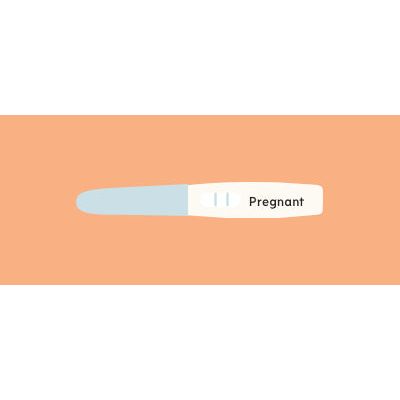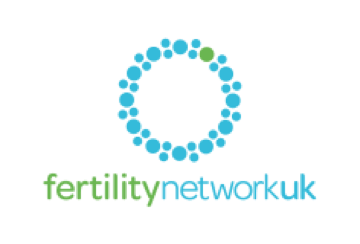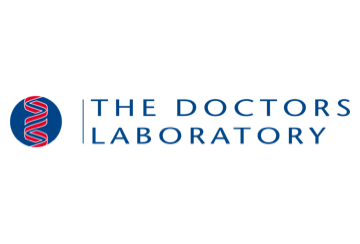Natural Pregnancy
It is important to known the physiology behind spontaneous conception.
The female menstrual cycle (also known as the fertility cycle) consists of 2 phases. The first phase is the pre ovulatory phase or the follicular phase. During this phase the egg sac (also known as the follicle) develops and matures. Subsequently the egg is released. The second phase is the post ovulatory phase or the secretory phase.
For a woman to conceive, intercourse must take place around the time when an egg is released from the ovary. The systems that produce eggs and sperm have to be working at optimum levels. The fallopian tubes must be open and healthy.
The egg lives for 24 hours after being released and the sperm can stay alive and active in the body for 48 hours after ejaculation, so you don’t have to have intercourse at the exact moment of ovulation to get pregnant.
A normal semen sample contains 20 million sperm per ml. It just takes one sperm to fertilise the egg for a woman to become pregnant. Although millions of sperm are released upon ejaculation, only a few survive the journey through the cervix, uterus and fallopian tubes.
If fertilisation does not take place, or if the fertilised egg does not attach itself to the endometrium lining of the uterus, it breaks down, the endometrium is shed and you have a period.
How to get Pregnant | Natural Conception (2:46)
Play

Introducing
Buy Now Pay Later
Interest free payment plans. No credit checks! No applications! Select at checkout
Working with






